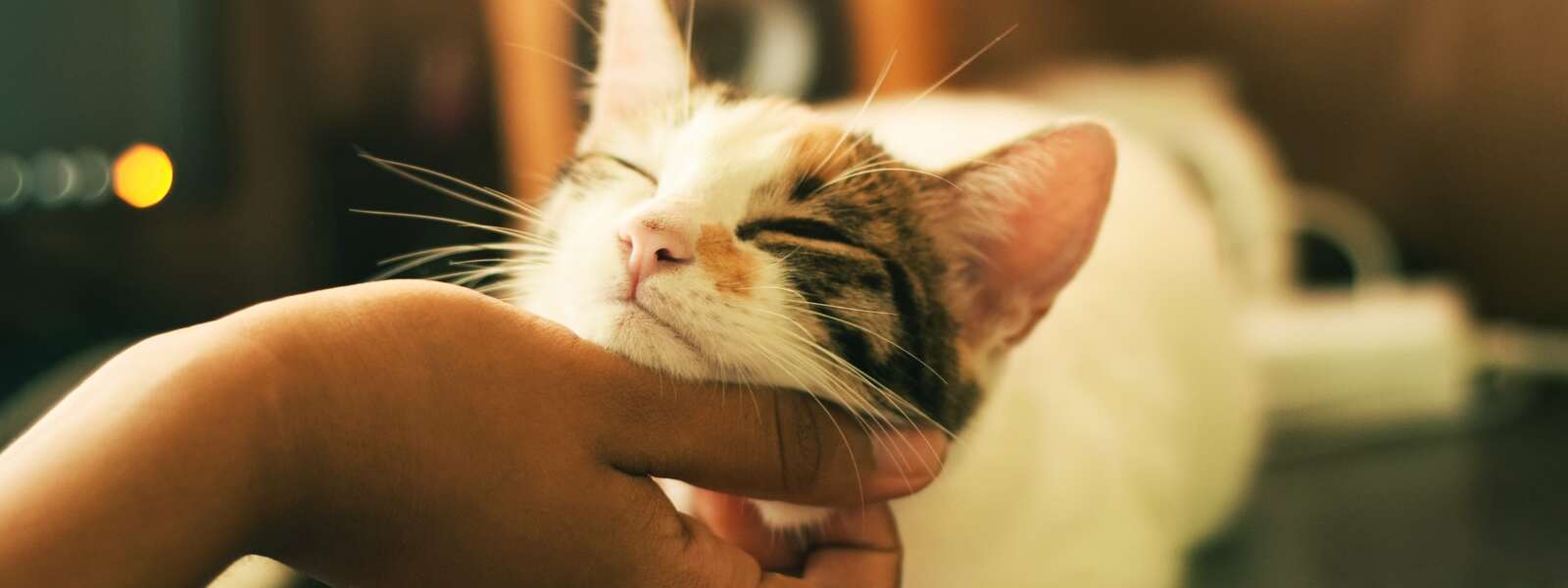Finding the first case of a cat spreading the coronavirus that causes COVID-19 to a human had always been just a matter of time, says a University of Guelph zoonosis researcher who notes it’s a reminder why pet owners need to take precautions.

Dr. Scott Weese is a professor in the Department of Pathobiology at U of G’s Ontario Veterinary College (OVC) and the director of the Centre for Public Health and Zoonoses (CPHAZ).
For the last two years, he and research colleagues have conducted extensive research on the transmission of COVID-19 between humans and animals with a particular focus on cats, which are at higher risk of respiratory infections.
His team’s research documenting how often coronavirus spread from humans to animals was presented last summer at a leading microbiology conference, and recently appeared in the journal Emerging Infectious Diseases, published by the U.S. Centers for Disease Control and Prevention.
Weese spoke to The New York Times and the South China Morning Post this week about the report of the first probable cat-to-human spread of the coronavirus from a cat to a veterinarian. He also discussed the case with HealthDay News in an article that appeared in dozens of American publications.
The case doesn’t surprise him, he said, as the chance that the virus could spread from a pet to a human has long seemed possible.
“When things become human diseases, we too often forget everything else,” Weese told the publication. “I think it’s important for us to recognize this virus still can move between species.”
Need for ‘proactive guidance to veterinarians to reduce the risk’
The risk of such a spread is why Weese has long warned that humans interacting with animals should take precautions to avoid becoming infected with the coronavirus, he recently wrote in his blog, Worms & Germs.
“I’ve been pretty confident it was possible, which is why we’ve done animal surveillance and spent a lot of time developing and communicating practical but proactive guidance to veterinarians to reduce the risk of just such an event,” he wrote.
Nevertheless, average “cat owners shouldn’t have much to worry about,” he said.
That’s because infected cats are most likely to have contracted the virus from their already-infected owners. “The odds of a cat bringing SARS-CoV-2 into a household are really low,” he wrote.
At the same time, cat owners should take precautions if one family member becomes infected with COVID-19, as it’s possible that the cat could also become infected and spread it to other household members — including other pets.
“If I have COVID-19 and move to the basement to stay away from everyone, I should keep my cat away from me too (or keep it with me and away from everyone else),” he wrote.
He offered similar advice to The New York Times: “If you’re trying to stay away from people because you’re potentially infectious, just try to stay away from animals at the same time.”
Weese is available for interviews.
Contact:
Dr. Scott Weese
jsweese@uoguelph.ca
